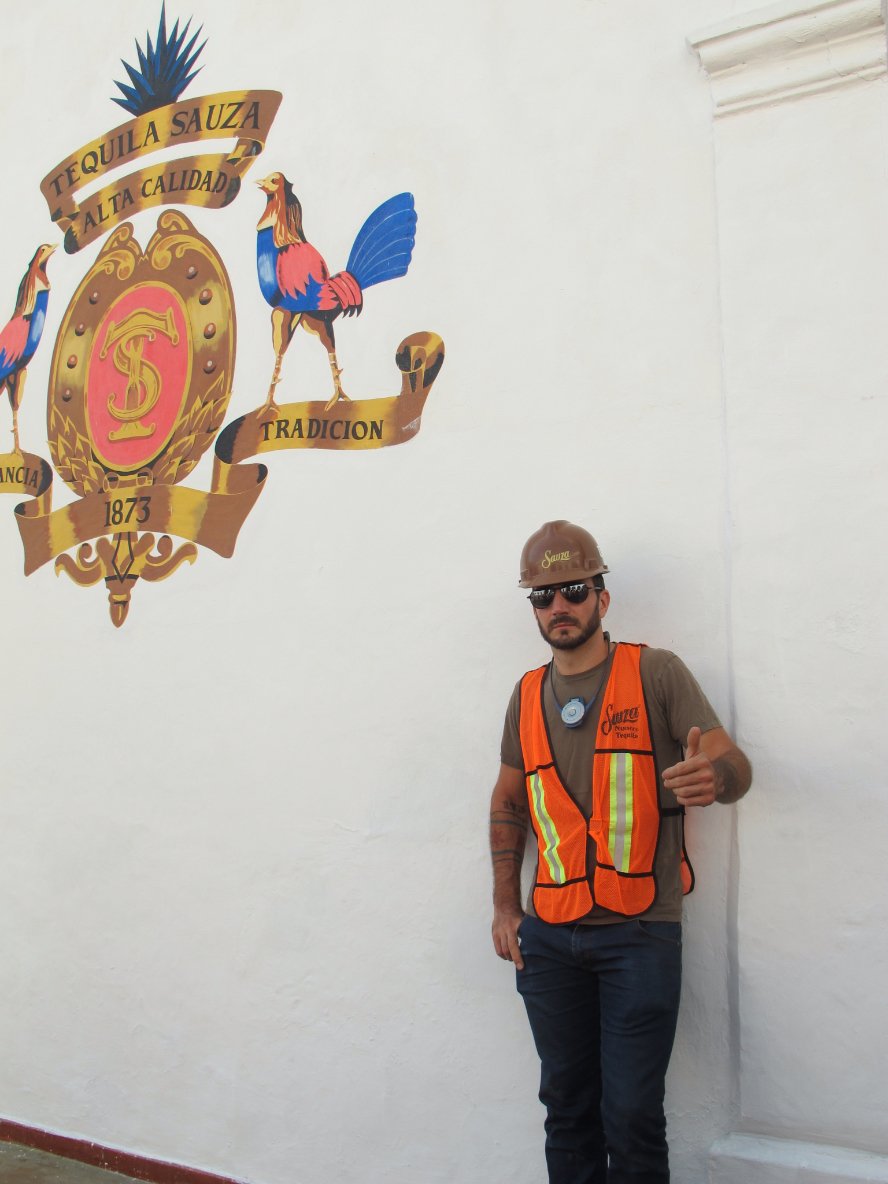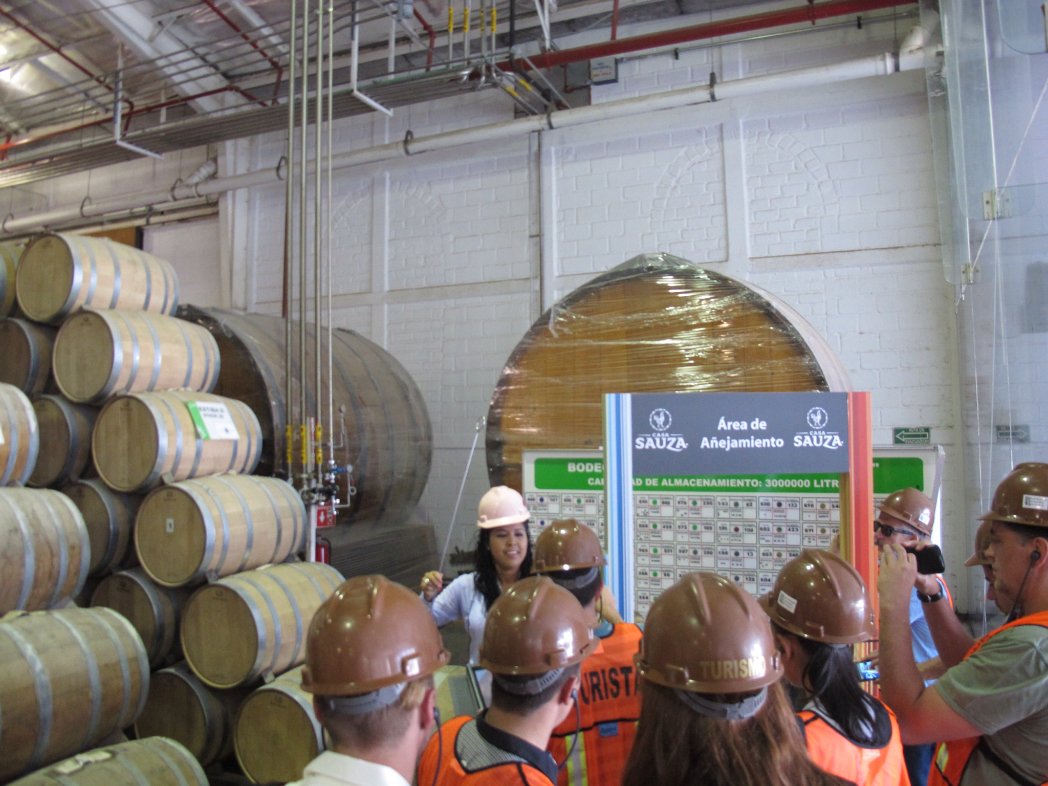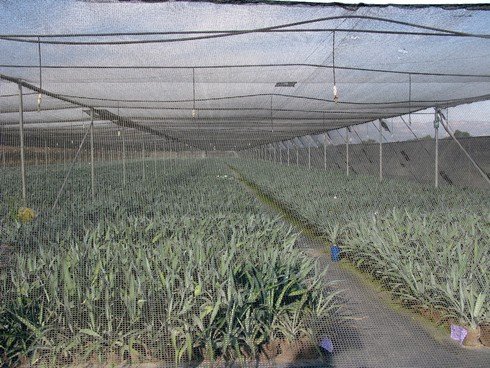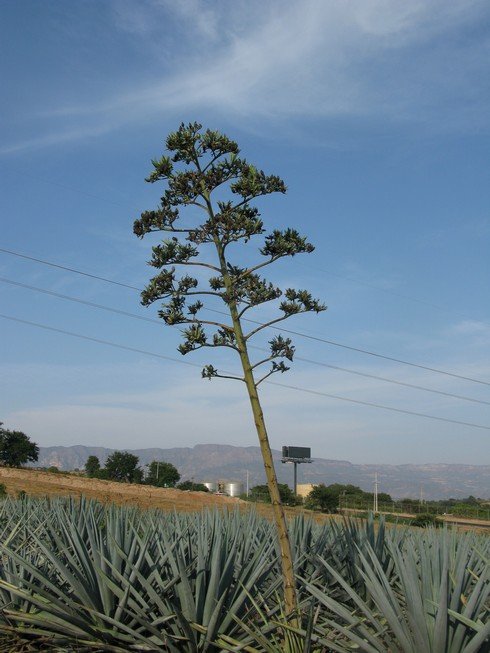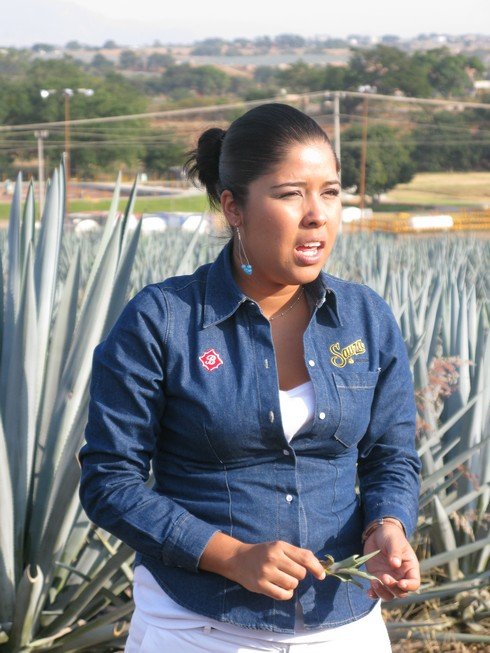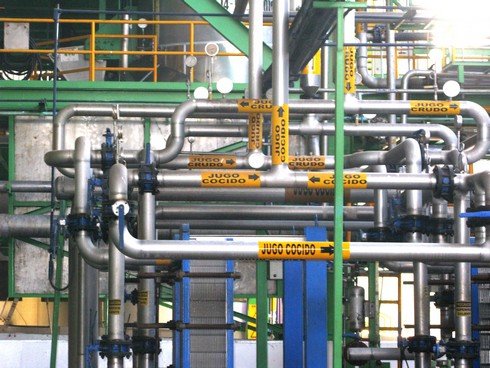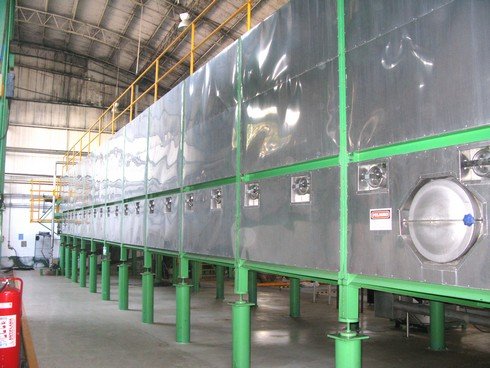Today on the Tahona Society trip to the tequila regions of Mexico we visited the distillery of Sauza. Yesterday’s visit to La Fortaleza was an example of the most primitive/traditional production methods for tequila. Today at Sauza we say the most high-tech.
I last visited Sauza about a year ago, and that post on Alcademics is here, and probably a bit more thorough than this one. Unfortunately we weren’t allowed to take pictures in most of the distillery, so mostly text will have to do.
Sauza uses what they call “soft extraction” of the sugars from agave plants. While almost every tequila maker bakes agave plant hearts (pinas) then crushes the baked plants to extract the fermentable sugars from the plants, at Sauza first they crush the plants then they cook the liquid.
The agave is first run through a big roller mill, and then a diffuser, a huge machine that specializes in getting the most of the sugars out of agave. Then this liquid is cooked at 120 degrees Celsius for 4-5 hours.
This sugary liquid is then fermented super fast- 24 to 26 hours- then it is distilled.
Distillation for Sauza products takes place first in a column still, where they distill up to anywhere from 24 to 35 percent alcohol depending on the product, and then in a copper-lined stainless steel still up to 56-65%.
An interesting fact I learned on this trip is about their mixto tequila – tequila distilled from the fermented sugars of at least 51% agave and 49% other sugars, usually sugar cane. However at Sauza, where they do use the minimum 51/49 percent ratio, the sugar used is corn syrup, not sugar syrup.
